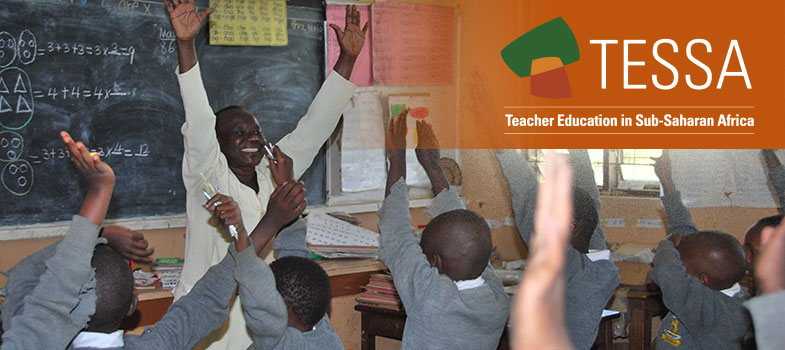2. Thinking about the purpose of a story
Once you have your research results, they need interpreting so that you can use the information. In this case, this means helping your pupils use this information to understand stories more. Activity 2 helps you to explore meanings in stories as a follow-up to the investigation.
Case Study 2 introduces the important idea of getting pupils to raise their own questions and to try to find answers to them. Being able to raise their own questions in small groups builds independent thought and develops pupils’ ability to think creatively and critically.
Case Study 2: Finishing a story
Mrs Ofori from Suhum in the Eastern Region did careful research into the details of a good, but not well-known, story (see Resource 4: How Mrs Ofori found her story).
One day, she gathered her Class 2 pupils around her, and told them the first part of the story (the first three paragraphs of Resource 5: The river that swept away liars). Next, she asked them to each think of a question about what would happen in the rest of the story. After two minutes, they gave her their questions, and she wrote them on the chalkboard.
She asked the class to think of answers to the questions, taking each question in turn. The pupils gave reasons for their answers.
After they had gone back over all the questions and answers, she asked them to help her write an ending for the story. They suggested what might happen next and she wrote their ideas on the board. She did not rush the process, or push her ideas on to the pupils.
Once the story was complete, they read it together.
The pupils liked working together on the story. The next day, in pairs, they drew pictures for different parts of the story. These were put together in a book.
Finally, Mrs Ofori read them the original story. The pupils were pleased at their ending compared to the original and talked a lot about the problems of telling lies.
Activity 2: Discussing why specific stories were told:
- Choose a good story from those that you know. Make sure that you have a complete version of the story.
- Make one copy of the story for each group in your class, or write the story on the chalkboard, where they can all see it.
- Also write up the reasons for storytelling that came out of the class research.
- Ask your pupils to discuss in groups why they think people would have told this story (i.e. its purpose).
- As groups report back, ask them to explain their reasons.
- Next, discuss the characters in the story and their behaviour.
- Ask the pupils how they could apply this story to their own lives.
- Ask them, in groups, to discuss the purpose of another story, perhaps one from home and then to draft a paragraph about the story’s purpose.
Did they all understand the purpose of their stories? How do you know this?
- This activity need not be completed in one 30-minute lesson period. It can be spread to other lesson periods if your pupils have lots of ideas to discuss.
1. Developing pupils’ research skills



